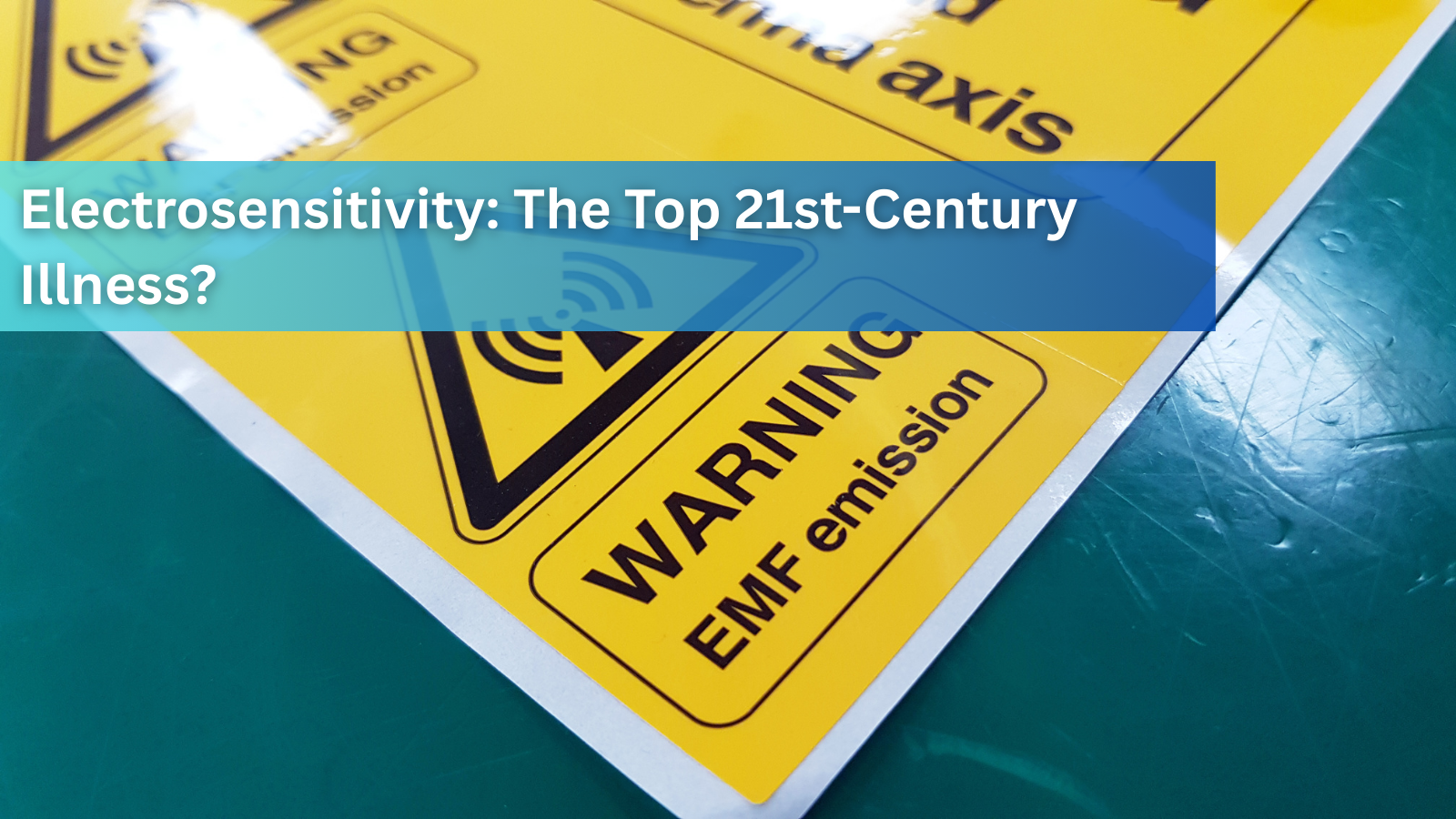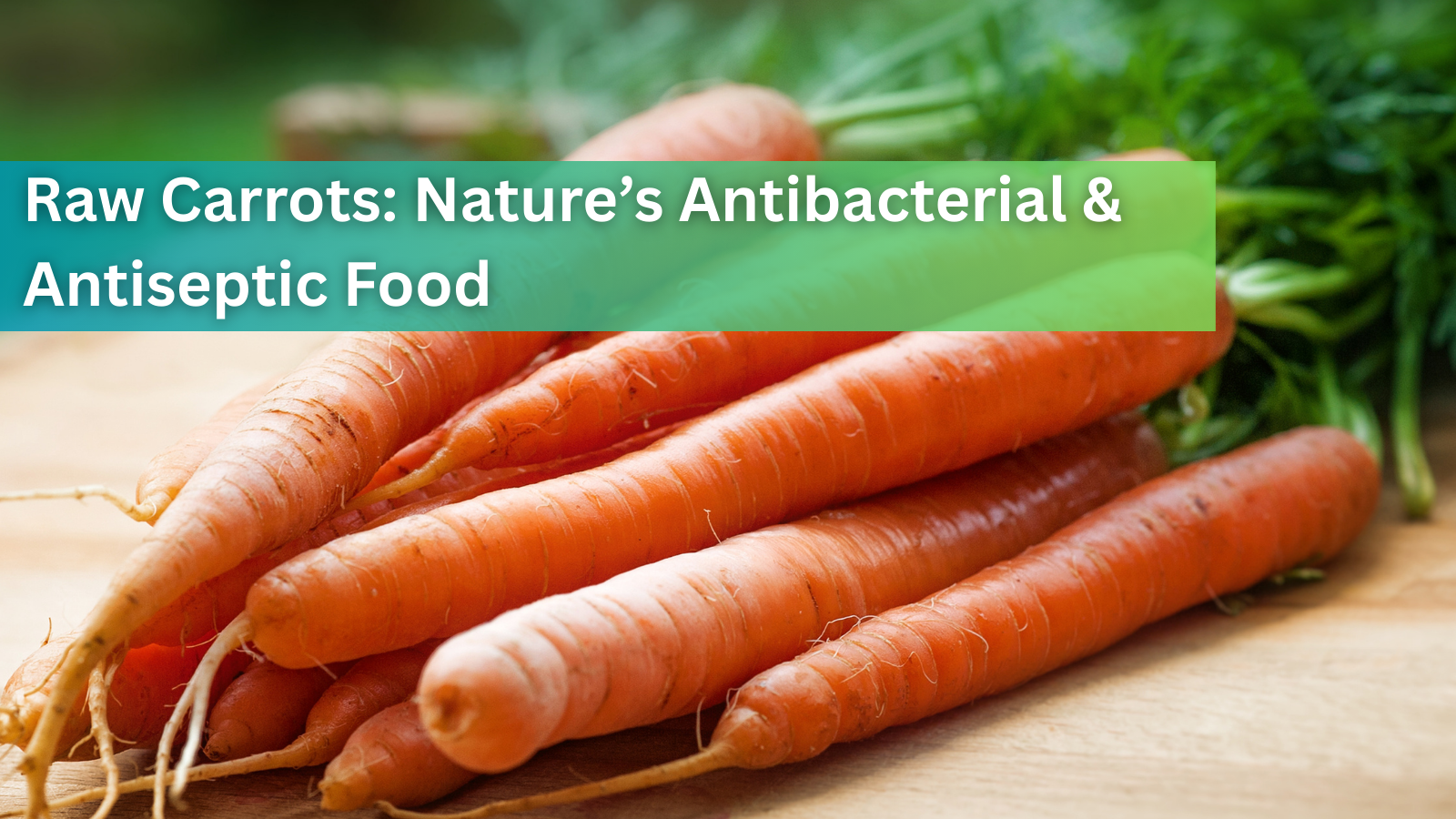Dangers of Plastic Bottles: From Cardiovascular Problems to Hormone Disruption

When you reach for a bottle of water, you probably imagine you’re choosing the healthy, “clean” option. After all, water is the ultimate symbol of purity, and often looks pure. However, bottled water often isn’t as pure as you think.
That’s because many plastic bottles contain chemicals—especially bisphenol A (BPA) and other hormone-mimicking substances called xenoestrogens—that can leach into the water you drink. These chemicals are known as endocrine disruptors, meaning they can interfere with your body’s natural hormones in subtle but powerful ways (Gore et al., 2015).
Let’s unpack what that means, and more importantly, why it matters for your health.
What Are Xenoestrogens and BPA?
Think of your hormones as text messages your body sends to itself. They carry critical instructions—like when to grow, when to release eggs or sperm, how to regulate blood sugar, and even how to respond to stress. Hormones work by fitting into special “locks” (receptors) in your cells, telling them what to do.
Now, xenoestrogens are chemicals that look a lot like estrogen, one of our most important natural hormones. They’re not natural, though—they’re synthetic, made by industry. BPA is one of the most well-known examples. It’s used to make hard plastics and coatings, like those lining water bottles and food cans (Rochester, 2013).
Here’s the problem: when you drink water from a plastic bottle that’s been sitting in the sun, or stored for a long time, tiny amounts of BPA and similar chemicals can seep into the water (Wagner & Oehlmann, 2009). Your body doesn’t know the difference between estrogen and these “fake estrogens,” so it reacts to them as if they were the real thing.
How These Chemicals Harm the Body
1. Reproductive System Chaos
One of estrogen’s main jobs is regulating reproduction. In women, it controls the menstrual cycle, fertility, and pregnancy. In men, it plays a role in sperm production.
When BPA or xenoestrogens slip into the system, they can:
- Bind to estrogen receptors, sending the wrong “signal” at the wrong time.
- Block real estrogen from doing its job.
- Alter hormone levels overall.
The result? Fertility problems, disrupted menstrual cycles, lower sperm counts, and increased risk of miscarriage (Peretz et al., 2014). What’s especially concerning is exposure during pregnancy—because the developing fetus is extremely sensitive to hormones. Even tiny disruptions can reprogram development in ways that show up later in life (Mustieles & Fernández, 2020).
2. Fueling Cancer Growth
Certain cancers—like breast and prostate cancer—are hormone-sensitive, meaning they grow in response to estrogen. Since BPA mimics estrogen, it can encourage these cancers to grow and spread.
Laboratory studies show that BPA stimulates breast cancer cells to multiply (Seachrist et al., 2016). In men, BPA exposure has been linked to prostate abnormalities that can increase cancer risk (Prins et al., 2011).
In other words, drinking bottled water every day might not cause cancer on its own, but it could be one more “fuel source” adding to your lifetime risk.
3. Messing With Metabolism
Have you ever heard the term “obesogens”? It refers to chemicals that make it easier for your body to store fat and harder to regulate blood sugar. BPA is one of them.
Here’s how: BPA interferes with insulin, the hormone that helps cells absorb sugar from your blood. When insulin doesn’t work properly, blood sugar stays high—pushing your body toward insulin resistance, a precursor to type 2 diabetes (Alonso-Magdalena et al., 2011). Studies also link BPA exposure to weight gain and obesity (Rancière et al., 2019).
This means that even if you’re eating well and exercising, constant low-dose exposure from plastics could be quietly working against your efforts.
4. Impact on the Brain and Behavior
The brain is another organ deeply influenced by hormones—especially during pregnancy and early childhood. Estrogen helps guide brain development, shaping everything from memory to social behavior.
When BPA disrupts this process, the consequences can be long-lasting. Animal studies show that BPA exposure during pregnancy changes brain structure and behavior across multiple generations (Wolstenholme et al., 2011). Human studies suggest that children exposed to BPA before birth may be more prone to hyperactivity, anxiety, and learning problems (Braun et al., 2011).
5. Weakening the Immune System
Your immune system also relies on hormonal “messages” to stay balanced. BPA appears to scramble these signals too, leading to immune dysfunction. Research has linked BPA exposure to increased inflammation and greater vulnerability to autoimmune conditions, where the body attacks its own tissues (Ramos et al., 2015).
The Cocktail Effect
One of the most concerning aspects of bottled water isn’t just BPA—it’s the mixture of chemicals. Studies have found that bottled water contains a cocktail of hormone-disrupting compounds that can interact in unpredictable ways (Kortenkamp, 2007). Even if each chemical is present at a “safe” level, together they may amplify one another’s effects.
Think of it like mixing alcohol and medication—the combination can be far riskier than either substance alone.
What Can You Do?
The good news is that reducing exposure is simple:
- Switch to glass, ceramic, or stainless steel bottles for drinking water.
- Avoid heating plastics, since heat speeds up chemical leaching.
- Check labels—some bottles are BPA-free, but keep in mind that substitutes (like BPS) may not be any safer (Rochester, 2013).
Final Thoughts
We live in a world where convenience often hides hidden costs. Bottled water seems harmless, but it can be a steady source of chemicals that mimic hormones and disrupt the delicate signaling systems that keep our bodies running smoothly. From fertility to cancer risk, metabolism, brain health, and immunity, the impacts of BPA and xenoestrogens are far-reaching and well-documented.
The takeaway? Purity doesn’t come from a plastic bottle. If you want to protect your health, it’s time to rethink bottled water and go with spring water in glass bottles, or as Dr. Clark recommended, filtered tap water.
References
Alonso-Magdalena, P., Quesada, I., & Nadal, A. (2011). Endocrine disruptors in the etiology of type 2 diabetes mellitus. Nature Reviews Endocrinology, 7(6), 346–353. https://doi.org/10.1038/nrendo.2011.56
Braun, J. M., Yolton, K., Dietrich, K. N., Hornung, R., Ye, X., Calafat, A. M., & Lanphear, B. P. (2011). Prenatal bisphenol A exposure and early childhood behavior. Environmental Health Perspectives, 117(12), 1945–1952. https://doi.org/10.1289/ehp.0900979
Gore, A. C., Chappell, V. A., Fenton, S. E., Flaws, J. A., Nadal, A., Prins, G. S., … Zoeller, R. T. (2015). EDC-2: The Endocrine Society’s Second Scientific Statement on Endocrine-Disrupting Chemicals. Endocrine Reviews, 36(6), E1–E150. https://doi.org/10.1210/er.2015-1010
Kortenkamp, A. (2007). Ten years of mixing cocktails: A review of combination effects of endocrine-disrupting chemicals. Environmental Health Perspectives, 115(Suppl 1), 98–105. https://doi.org/10.1289/ehp.9357
Mustieles, V., & Fernández, M. F. (2020). Bisphenol A shapes children’s brain and behavior: Towards an integrated neurotoxicity assessment including human data. Environment International, 137, 105523. https://doi.org/10.1016/j.envint.2020.105523
Peretz, J., Vrooman, L., Ricke, W. A., Hunt, P. A., Ehrlich, S., Hauser, R., … Flaws, J. A. (2014). Bisphenol A and reproductive health: Update of experimental and human evidence, 2007–2013. Environmental Health Perspectives, 122(8), 775–786. https://doi.org/10.1289/ehp.1307728
Prins, G. S., Hu, W. Y., Shi, G. B., Hu, D. P., Majumdar, S., Li, G., & Huang, K. (2011). Bisphenol A promotes human prostate stem-progenitor cell self-renewal and increases in vivo carcinogenesis in human prostate epithelium. Endocrinology, 152(6), 2156–2166. https://doi.org/10.1210/en.2010-1352
Ramos, J. G., Varayoud, J., Kass, L., Rodríguez, H. A., Costabel, L., & Muñoz-de-Toro, M. (2015). Bisphenol A and the developing immune system: Potential targets of BPA exposure. Toxicology, 335, 11–21. https://doi.org/10.1016/j.tox.2015.06.015
Rancière, F., Lyons, J. G., Loh, V. H. Y., Botton, J., Galloway, T., Wang, T., & Shaw, J. E. (2019). Bisphenol A and the risk of cardiometabolic disorders: A systematic review with meta-analysis of the epidemiological evidence. Environmental Health, 14(46). https://doi.org/10.1186/s12940-015-0036-5
Rochester, J. R. (2013). Bisphenol A and human health: A review of the literature. Reproductive Toxicology, 42, 132–155. https://doi.org/10.1016/j.reprotox.2013.08.008
Seachrist, D. D., Bonk, K. W., Ho, S. M., Prins, G. S., Soto, A. M., & Keri, R. A. (2016). A review of the carcinogenic potential of bisphenol A. Reproductive Toxicology, 59, 167–182. https://doi.org/10.1016/j.reprotox.2015.09.006
Wagner, M., & Oehlmann, J. (2009). Endocrine disruptors in bottled mineral water: Total estrogenic burden and migration from plastic bottles. Environmental Science and Pollution Research, 16(3), 278–286. https://doi.org/10.1007/s11356-009-0107-7
Wolstenholme, J. T., Edwards, M., Shetty, S. R., Gatewood, J. D., Taylor, J. A., Rissman, E. F., & Connelly, J. J. (2011). Gestational exposure to bisphenol A produces transgenerational changes in behaviors and gene expression. Endocrinology, 153(8), 3828–3838.
2 comments

September 27, 2025
Immune Supplements: Top 10 Best Supplements to Boost Immunity
Are you looking for effective ways to enhance your body’s natural defense? Immune supplements have become popular choices to support the immune system booster function, especially in times of increased illness risk. With so many products...
Read more
September 27, 2025
Cell Phone and WiFi Safety: How to Prevent and Treat EMF Damage and Electrosensitivity
Electrohypersensitivity (EHS), often called electrosensitivity, has been a polarizing and increasingly relevant issue over the past decade and a half. Since the number of people identifying with these symptoms continues to grow exponent...
Read more
September 27, 2025
Raw Carrots: Nature’s Antibacterial & Antiseptic Food
For most of us, carrots are simply a crunchy snack or a source of vitamin A. But according to researcher Ray Peat, PhD, raw carrots offer something more unusual: they act as a kind of natural antiseptic inside the gut, helping to contro...
Read more




olive oil is worse for phthalates.
https://mamavation.com/food/olive-oils-tested-for-toxic-phthalates-buying-guide.html
Stores should be selling 1/2-gallon glass bottles of water in their stores as the bottles of Mountain Valley Spring Water and others are not big enough when you are drinking coffee every day. Plastic bottles are my least favorite.
Leave a comment